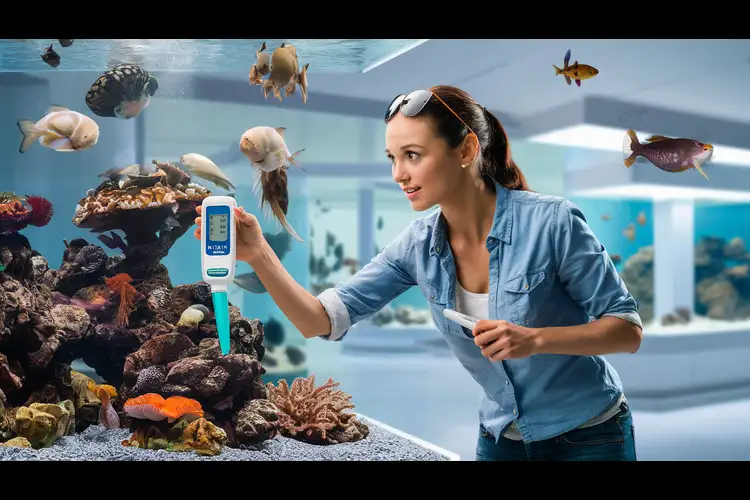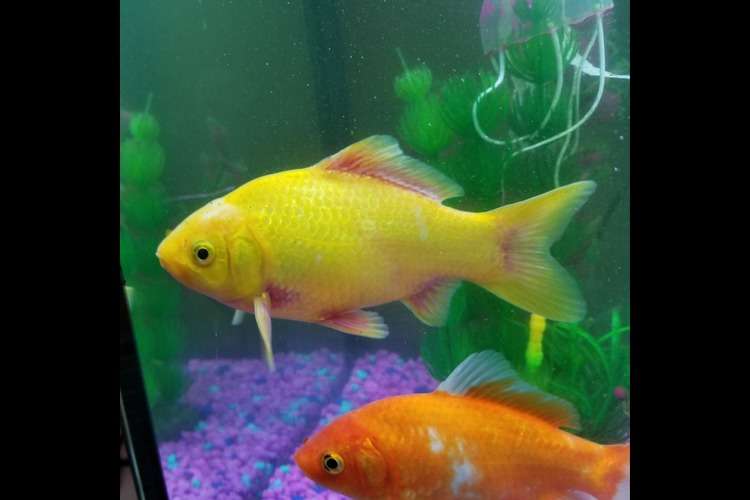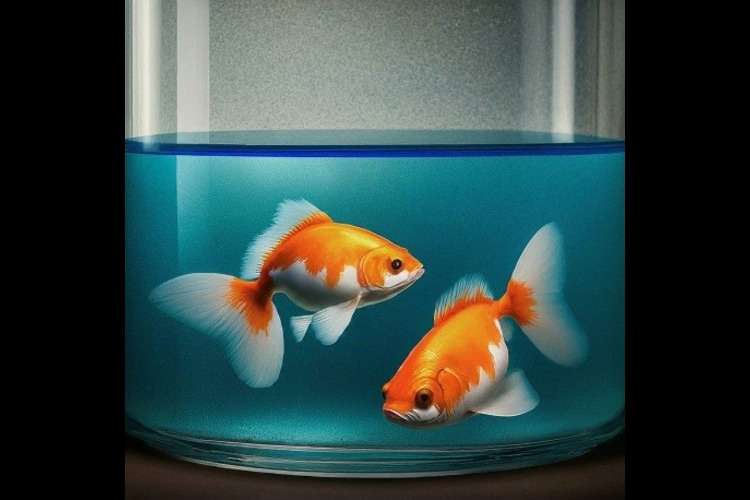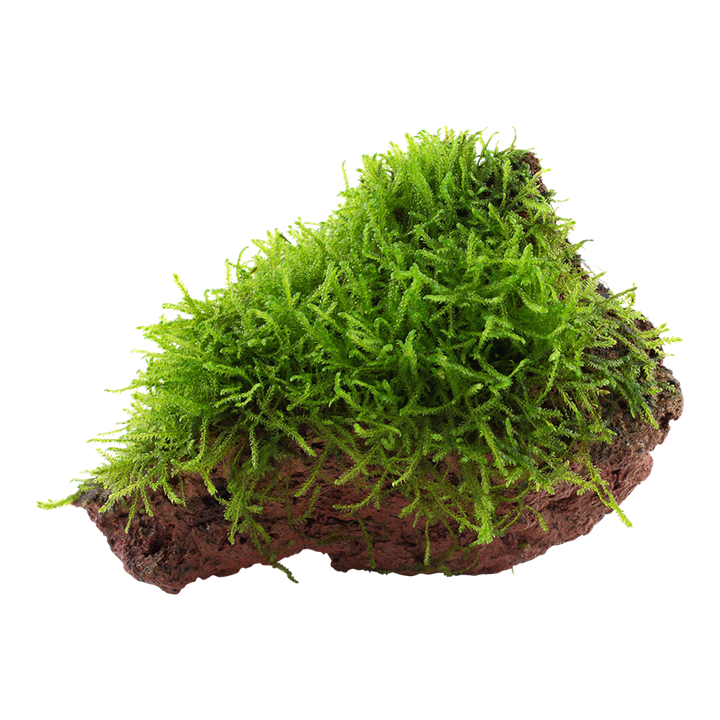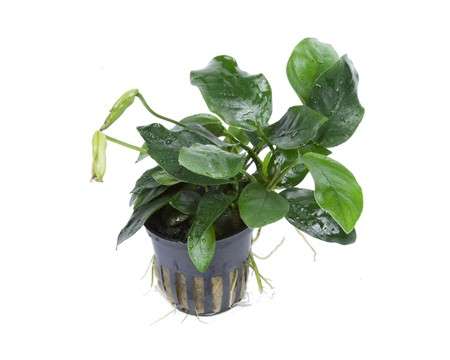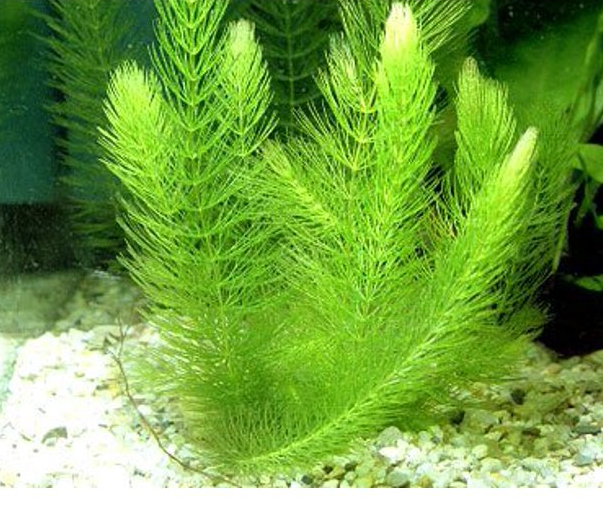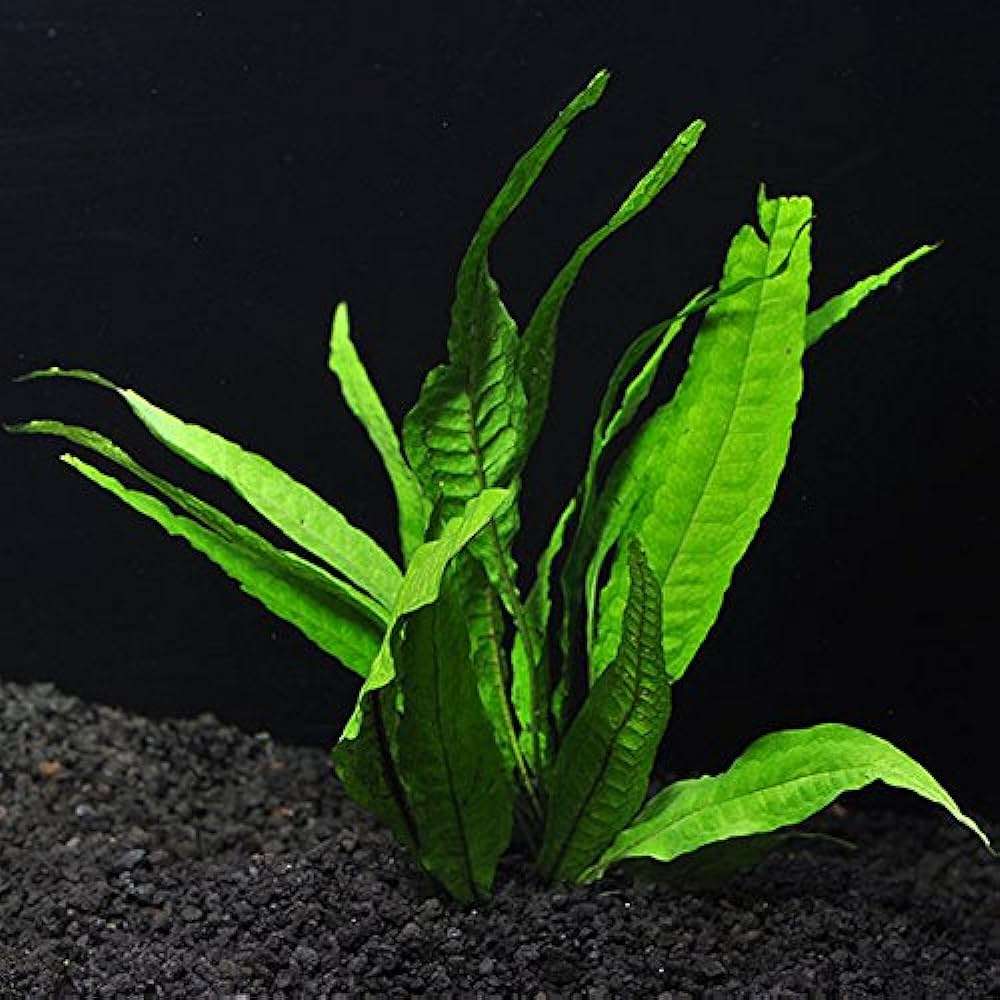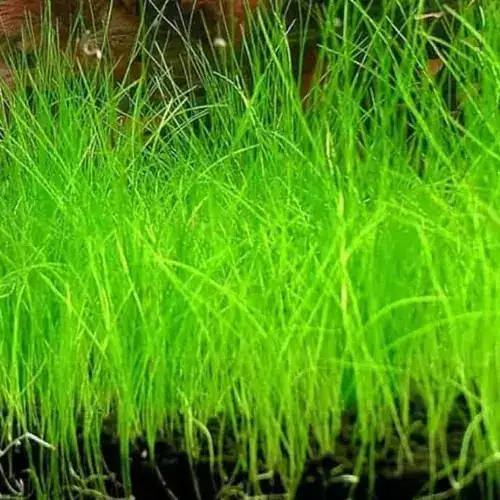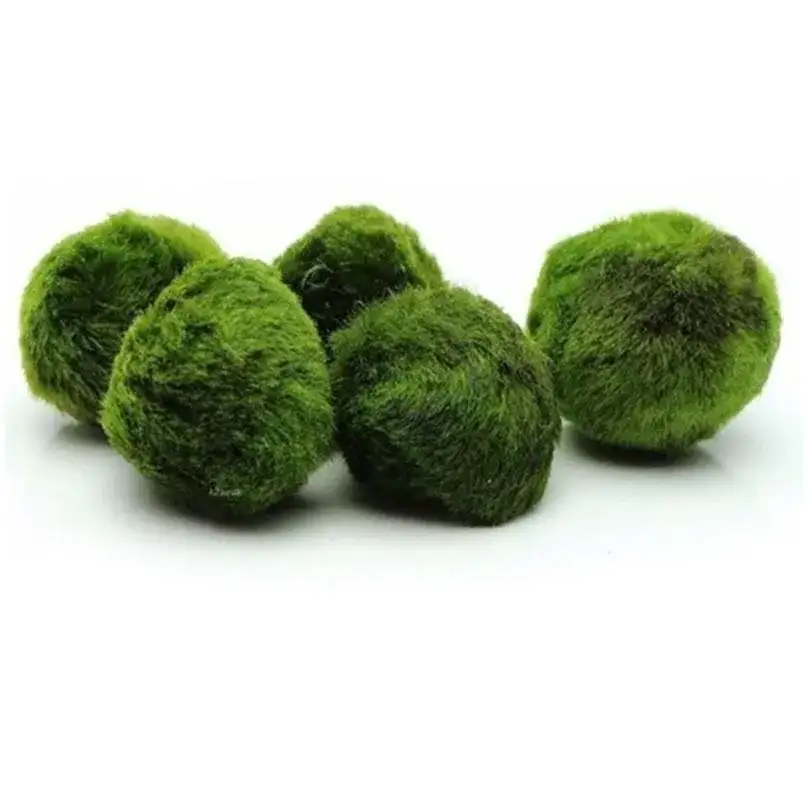New Aquarium Setup: Must-Do Steps Before Adding Fish
Avoid common beginner mistakes with your new aquarium. Learn how to cycle your tank, test water, and create a safe, healthy home for your fish.
Table of Contents
- Why Preparation Matters
- What Can Go Wrong Without Preparation
- Learning the Nitrogen Cycle (A Must-Do)
- Mandatory Steps Before Adding Fish
- Biggest Mistakes to Avoid
- Bonus: Tips for Long-Term Success
- Faq
- Conclusion
Installing a new aquarium is an exhilarating experience, more so when you are about to introduce your first fish. However, before you take a dash to the pet store, you should note that a fish tank requires more than water to be safe. If not properly prepared, your fish may end up exposed to harmful conditions that can affect their well-being or even result in premature death. In this guide, we'll take you through everything you need to do before you bring new fish home — from learning about the nitrogen cycle to common mistakes — so you can create a healthy, thriving aquarium from day one.
Why Preparation Matters
Aquariums are not simply decorations — they are whole ecosystems. Putting fish into an uncycled or unprepared tank is like buying a house that is full of poisonous gas. Fish might last a couple of days, but their health will soon deteriorate.
What Can Go Wrong Without Preparation
• Ammonia poisoning: colourless but lethal
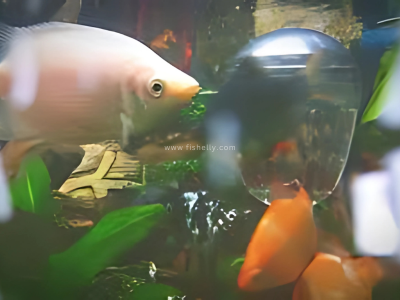
• Weakened immune system: resulting in illness and stress
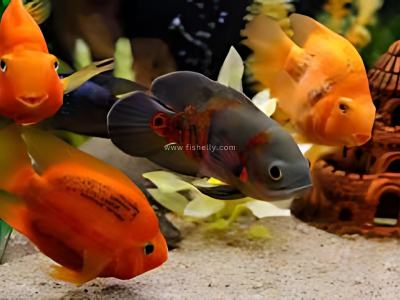
• Sudden deaths: particularly with sensitive or tiny species

• Algae blooms: poor balance causes green, cloudy water
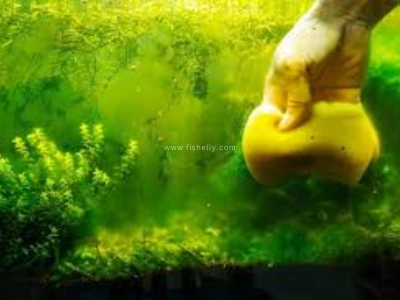
Successful setup guarantees stable water conditions, healthier fish, and a worry-free hobby for you.
Learning the Nitrogen Cycle (A Must-Do)
The nitrogen cycle is the biological process that converts fish waste into less toxic substances.
Here's what happens naturally in a cycled tank:
Ammonia (NH₃): Comes from fish waste, uneaten food, and decaying plants. Nitrite (NO₂⁻): Beneficial bacteria convert ammonia into nitrite (also toxic). Nitrate (NO₃⁻): Another type of bacteria turns nitrite into nitrate, which is safe in low amounts.
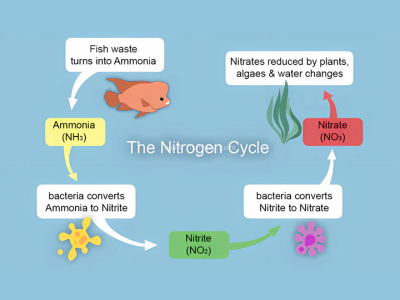
To Cycle Your Tank:
• Start your tank at least 1 week before adding fish.
• Add bottled beneficial bacteria to speed up the cycle.
• Add a pinch of fish food daily (as a source of ammonia) or pure ammonia for fishless cycling.
• Test water daily with a liquid test kit (such as API Master Kit).
• Perform water changes (25–50%) if ammonia or nitrite levels become too high.
• It will usually take 2–6 weeks for most tanks to complete cycling. Bottled bacteria can accelerate it.
Mandatory Steps Before Adding Fish
After the tank is cycled and stable, do these steps before adding your new fish:
What You MUST Do:
Dechlorinate (water condition): Tap water has chlorine or chloramine — toxic to fish and beneficial bacteria.

Beneficial bacteria: Keep using bottled bacteria when adding fish to build up the biofilter.
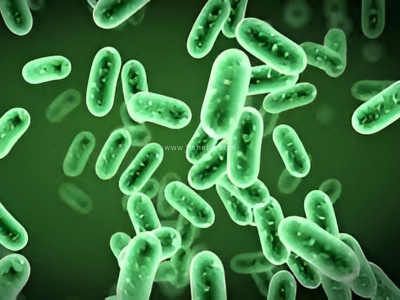
Test water quality: Ensure Ammonia = 0, Nitrite = 0, Nitrate < 40 ppm.

Maintain low lighting initially: New fish can be stressed by bright lights, and they encourage algae growth.
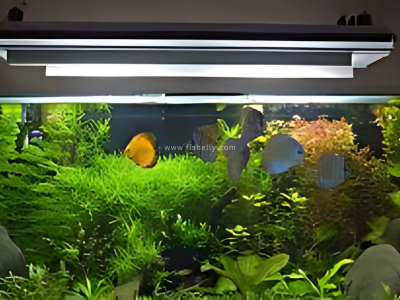
Maintain stable temperature: Sudden temperature differences between the tank and the fish bag water can shock the fish. Use a heater and thermometer to stabilize water before adding fish.
Add live plants (optional but beneficial):
• Absorb nitrates
• Offer shelter and minimize stress
• Compete with algae for food

Acclimate your fish gradually:
• Float bag for 15-30 minutes to match temperature.
• Slowly mix tank water into bag over 30–60 minutes.
• Use a net to move fish (don't add store water to your tank).

Biggest Mistakes to Avoid
Learning what not to do is also crucial. These typical newbie mistakes can wreck your tank or kill your fish.
Don't Make These Mistakes:
Adding fish on the same day that you set up the tank Your tank isn't biologically safe yet.
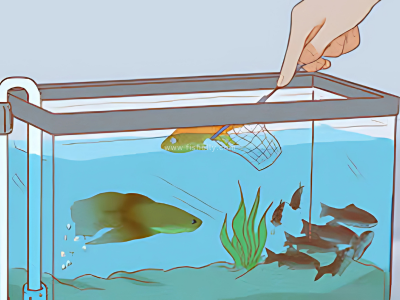
Overfeeding Rotting food increases ammonia levels.
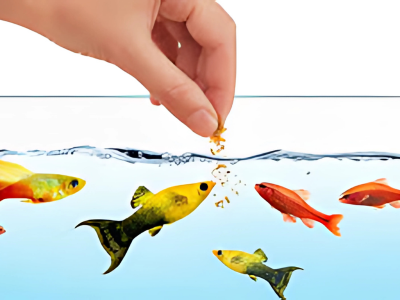
Not doing water tests Clear water isn’t always clean. Toxic levels are invisible!

Mixing incompatible species Some fish fight, eat others, or need different water conditions.
Using only strips for testing Test strips are quick but often inaccurate. Use liquid kits for reliable results.

Ignoring quarantine tanks New fish can carry diseases. Quarantine new arrivals for 2–4 weeks if possible.

Not doing water changes Even cycled tanks need regular 20–30% water changes weekly to remove nitrates and toxins
Purchasing too much fish at one time Add fish gradually, a few at a time. Allow your bacteria to catch up with new levels of waste.
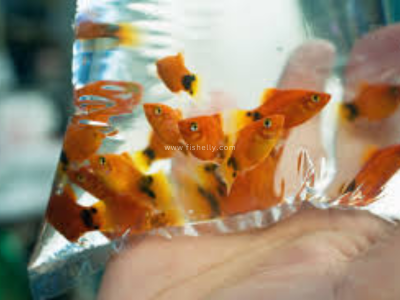
Bonus: Tips for Long-Term Success
• Check water weekly (particularly within the first 2 months)
• Replace 20–30% of the water weekly
• Gently clean algae off glass and decorations
• Monitor fish behavior daily – unusual changes can suggest issues
• Maintain stable temperature – use a heater and thermometer
Faq
1. Can I add fish on the same day I set up the tank?
No, you need to cycle the tank first.
2. What is the nitrogen cycle?
It’s the process that turns fish waste into less harmful substances.
3. How long does cycling take?
About 2–6 weeks.
4. Do I need to test water even if it looks clean?
Yes, toxic levels are invisible.
5. Can I use tap water?
Yes, but use a water conditioner first.
6. How do I know the tank is ready for fish?
Ammonia = 0, Nitrite = 0, Nitrate < 40 ppm.
7. Do I need a heater?
Yes, for tropical fish.
8. Can I add all fish at once?
No, add a few at a time.
9. How do I add new fish?
Float the bag, slowly mix water, use a net to transfer.
10. Are live plants necessary?
Not required, but very helpful.
Conclusion
Putting in the effort to properly install and cycle your tank is the ultimate gift to your fish. With a little patience and TLC, you'll steer clear of mistakes and develop a healthy, stress-free environment where your fish can flourish. Go slow, follow the directions, and have a successful fishkeeping experience!


